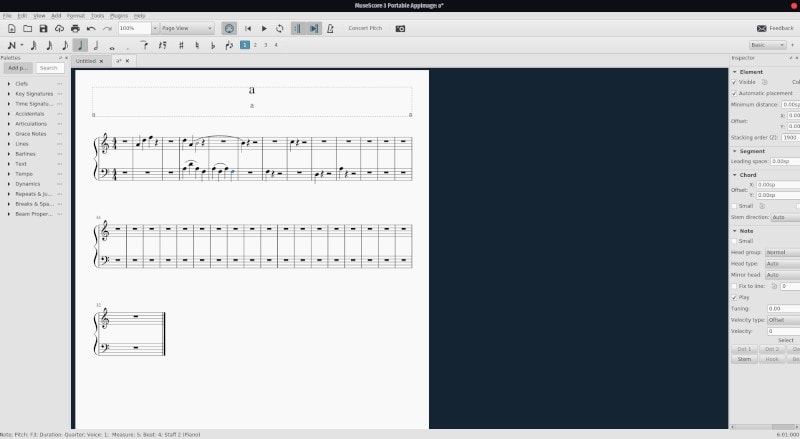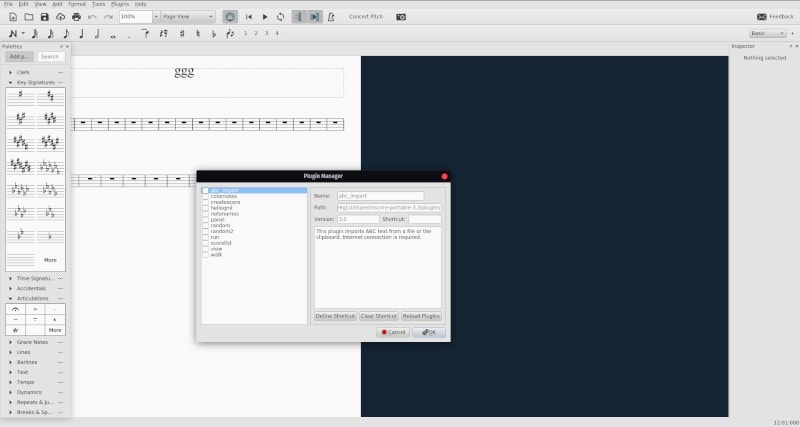Brief: Musescore is an open-source software to help you create, play, and print sheet music. They released a major update recently. So, we take a look at what Musescore has to offer overall.
Musescore: A Music Composition and Notation Software

Musescore is open-source software that lets you create, play, and print sheet music.
You can even use a MIDI keyboard as input and simply play the tune you want to create the notation of.
In order to make use of it, you need to know how sheet music notations work. In either case, you can just play something using your MIDI keyboard or any other instrument and learn how the music notations work while using it.
So, it should come in handy for beginners and experts as well.
You can download and use Musescore for free. However, if you want to share your music/composition and reach out to a wider community on the Musescore platform, you can opt to create a free or premium account on Musescore.com.
Features of Musescore

Musescore includes a lot of things that can be highlighted. If you are someone who is not involved in making music notations for your compositions – you might have to dig deeper just like me.
Usually, I just head over to any DAW available on Linux and start playing something to record/loop it without needing to create the music notations. So, for me, Musescore definitely presents a learning curve with all the features offered.
I’ll just list out the features with some brief descriptions – so you can explore them if it sounds interesting to you.
- Supports Input via MIDI keyboard
- You can transfer to/from other programs via MusicXML, MIDI, and other options.
- A Huge collection of palettes (music symbols) to choose from.
- You also get the ability to re-arrange the palettes and create your own list of most-used palettes or edit them.
- Some plugins supported to extend the functionality
- Import PDFs to read and play notations
- Several instruments supported
- Basic or Advanced layout of palettes to get started
Some of the recent key changes include the palettes redesign, accessibility, and the not input workflow. For reference, you can check out how the new palettes work:
Installing Musescore 3.3.3 on Ubuntu/Linux
The latest version of Musescore is 3.3.3 with all the bug fixes and improvements to its recent Musescore 3.3 release.
You may find an older release in your Software Center (or your official repo). So, you can either opt for a Flatpak package, Snap, or maybe an AppImage from its download page with links for different Linux distributions.
Wrapping Up
I was quite fascinated to learn about Musescore being an open-source and free solution to create, play, and print sheet music.
It may not be the most easy-to-use software there is – but when considering the work with music notations, it will help you learn more about it and help you with your work as well.
What do you think about Musescore? Do share your thoughts in the comments below.

